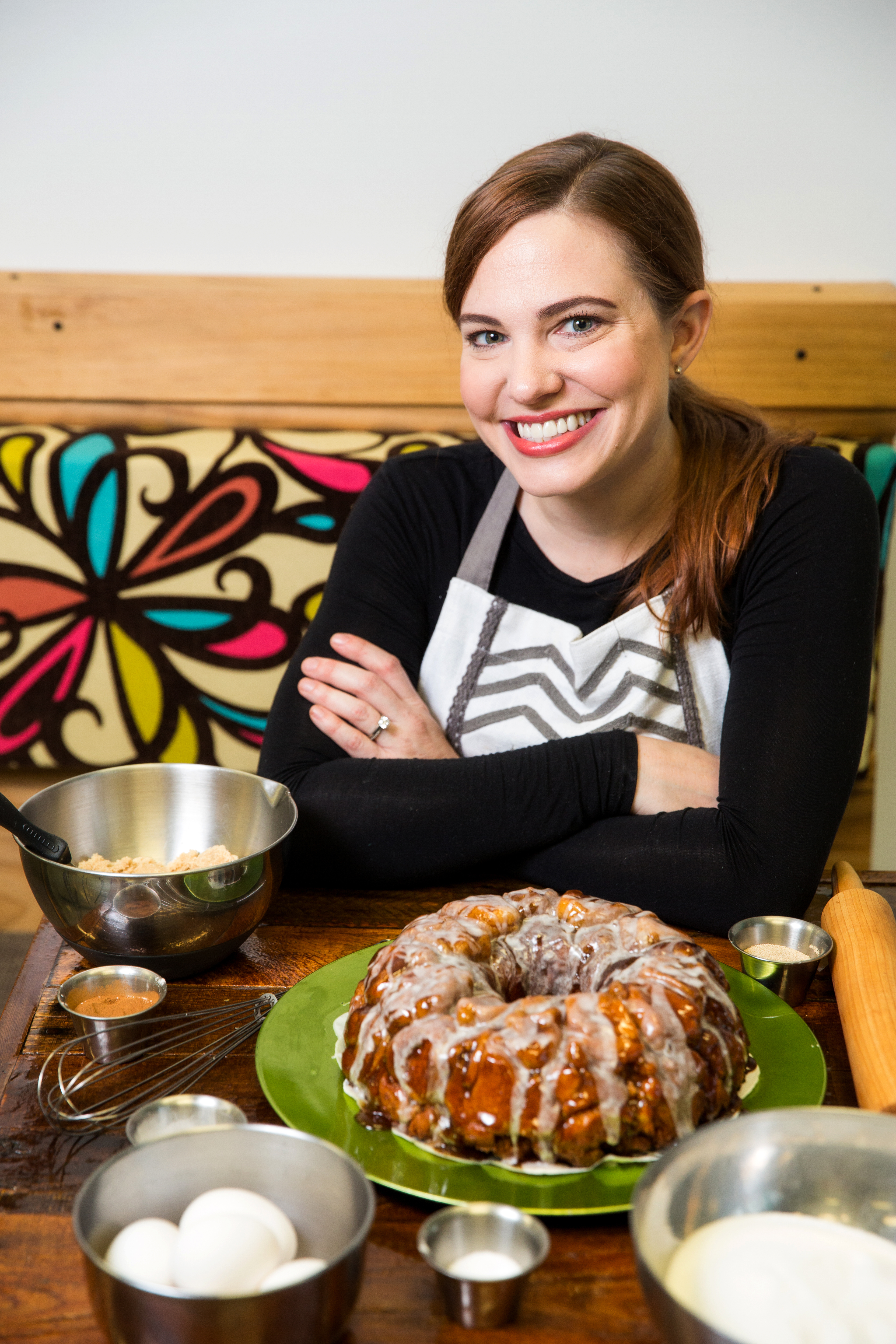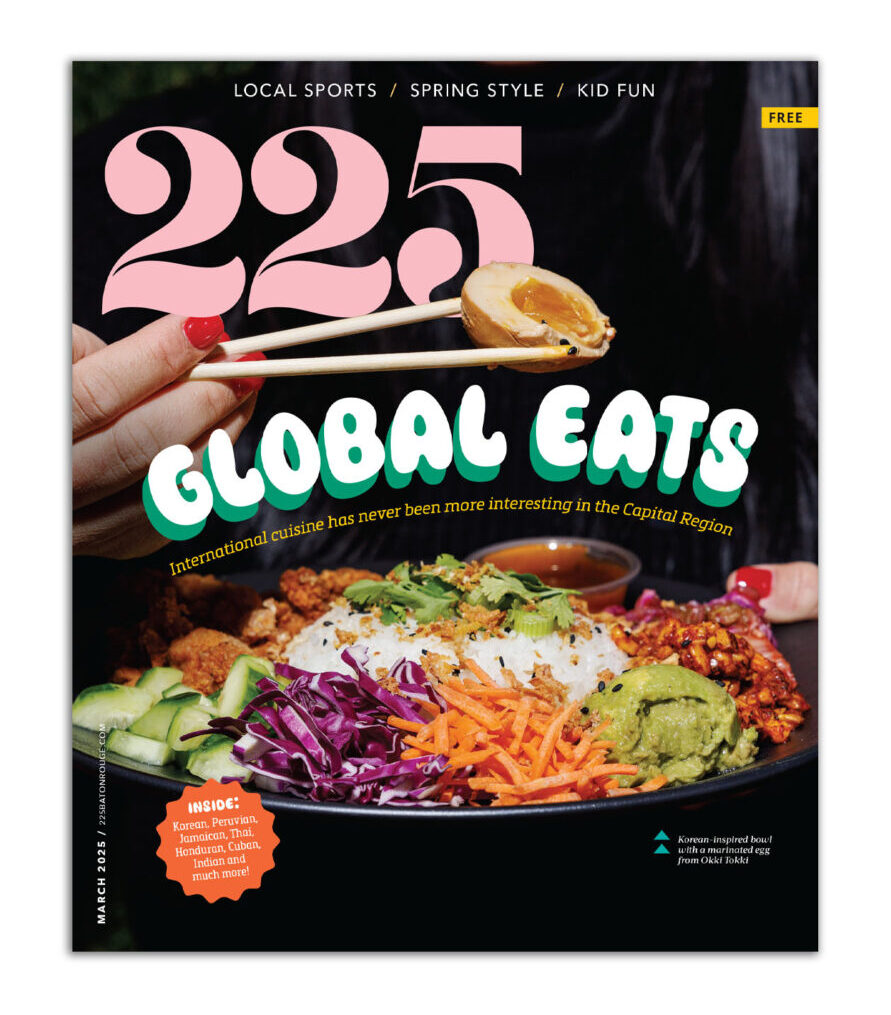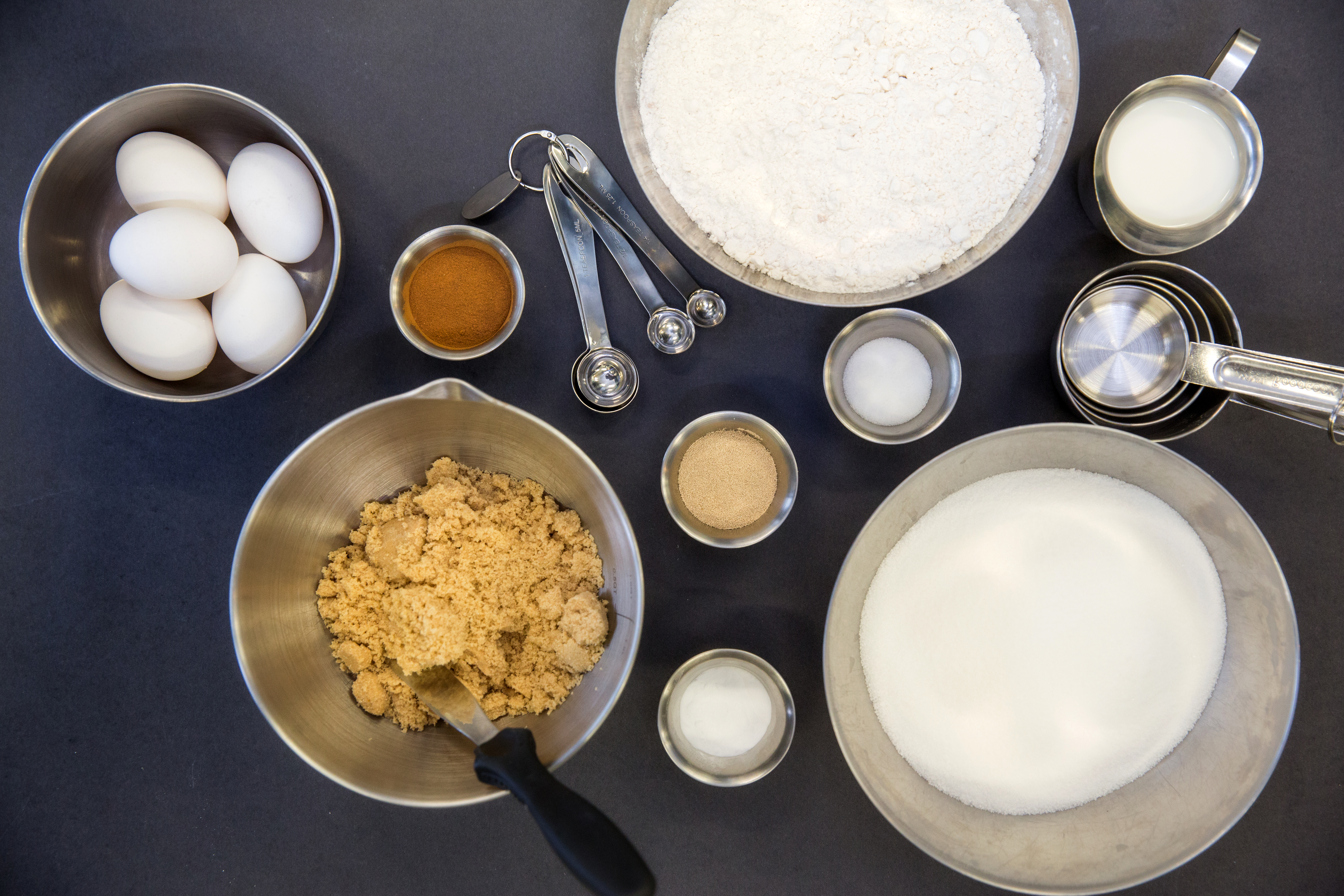Christmas morning in Allie Bookman’s house means monkey bread.
Warm, gooey, cinnamon-sugary, pull-apart perfection—Bookman, owner of Cupcake Allie, says it’s always gone before the kids have finished opening presents. They’re counting on sticky handfuls of monkey bread as soon as they spring out of bed, so Bookman prepares the dough and lets the yeast work its magic in the refrigerator overnight before baking it fresh that morning.
A self-taught baker, Bookman has mastered the art of messing around until you land on a perfect from-scratch recipe. All it takes is patience, creativity and a basic understanding of the science of baking.
Bookman’s best tip is to first find a reliable base recipe for something like a vanilla cake or a simple bread, whether it’s a passed-down recipe, one with tons of positive reviews online or the tried-and-true recipe printed on your bag of flour. Then work slowly to modify it into a scratch recipe all your own, altering only one ingredient at a time so you know which variable went wrong if you don’t like the result. cupcakeallie.com
PRO BAKING TIPS

• Measuring by weight is the most accurate method. But if you’re using measuring cups, Bookman says, pay close attention to the texture of the ingredient and the recipe’s instructions. For example, brown sugar usually needs to be packed into the cup, but flour should be scooped in with a spoon to avoid compacting.
• Pure extracts will always give stronger flavors. If you must use an imitation extract, she says, add more to compensate for flavoring that will evaporate in the oven.
• The temperature on your oven isn’t necessarily accurate. Consider an oven thermometer. Bake new recipes 20 degrees cooler for the first attempt, and remember that your bake will continue to cook in the pan while it cools on the countertop.
THE SCIENCE OF BAKING INGREDIENTS [pic]
• Baking is like chemistry. Exact measurements and careful adherence to the recipe bring your bake to life, but one wrong move could mess the whole thing up. Bookman explains how it works.
• Flour. The foundation of any bake. Its gluten content helps create structure in your bake and holds it together. All-purpose flour contains a mix of high- and low-gluten protein flours, while bread flour contains hard, high-protein wheat, and cake flour brings the lowest gluten content of any wheat flour for light, fluffy textures.
• Baking soda. The leavening agent in most cakes, cookies and quick breads, made of 100% sodium bicarbonate. It is fully activated by moisture, heat and acid (found in ingredients like chocolate, yogurt, buttermilk, honey, lemon juice, etc.). Because the chemical reaction starts as soon as it’s added to the mixture, bake quickly or your bake will lose its chance to rise.
• Baking powder. Consists of baking soda plus acid (cream of tartar) and a drying agent (starch). Single-acting baking powders are activated by moisture, and recipes with it must be baked right after mixing. Double-acting powders react in two phases, so they can sit out longer.
• Sugars. The ultimate sweetener. In addition to enhancing taste, sugar helps with the aeration of butter in the early creaming phase of many cake recipes and creates the perfect caramelized finish on crusts.
• Eggs. Unless otherwise specified, make sure your eggs are at room temperature so they will disperse more evenly into a batter or dough. If you need to warm them from the fridge quickly, soak them in or run them under warm water.
• Yeast. This single-celled fungi feeds off the sugar in your dough, releasing carbon dioxide that makes dough rise. It’ll get trapped in the gluten from the flour then die in the oven’s heat, leaving you with solidified gluten and soft bread.
MAKE CHRISTMAS MONKEY BREAD
Find Allie Bookman’s Christmas morning recipe included with this story.
Click here to read more from our Kitchen Confidential cover story.
This article was originally published in the December 2017 issue of 225 Magazine.








